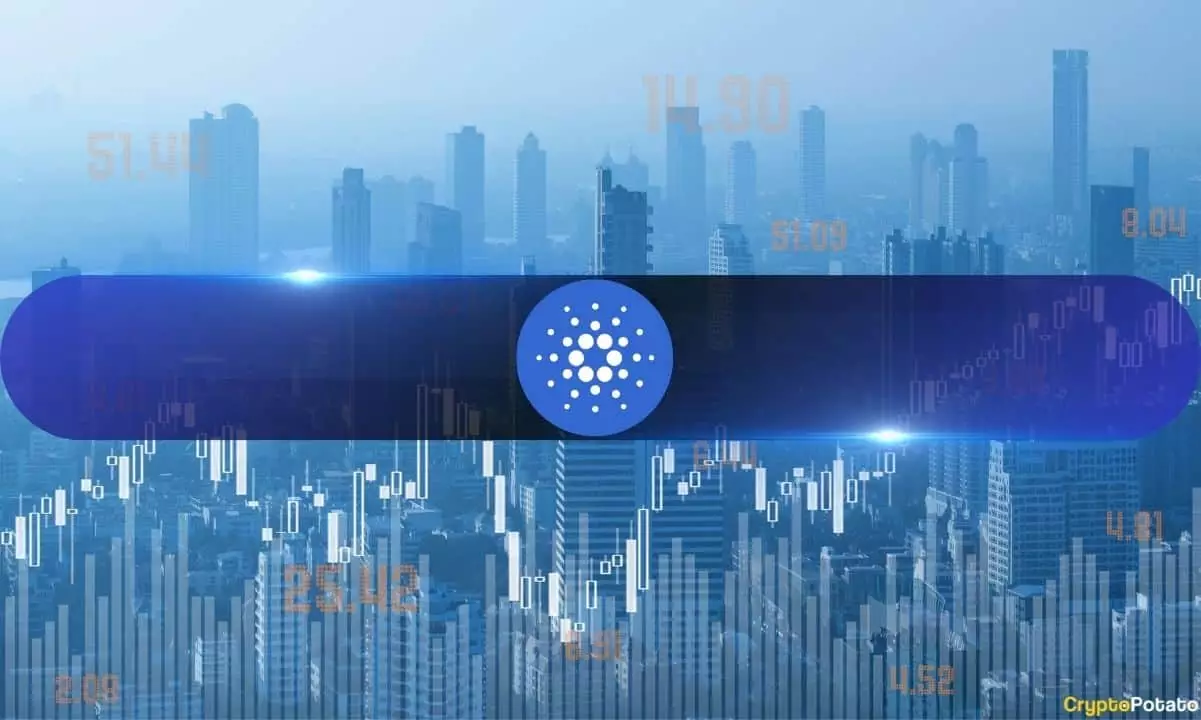The Cardano network is gearing up for one of its biggest upgrades yet, set to be deployed in the next three days. This upgrade will introduce new features and mark the blockchain’s transition into a community-run network.
Originally scheduled to go live on Tuesday, August 27, the Chang hard fork was postponed to September 1, 2024. This delay was announced by Cardano founder Charles Hoskinson, who stated that exchanges like Binance needed more time to prepare for the launch. Hoskinson likened the delay to waiting for better weather conditions before launching a rocket.
Network Development Eras
The development of the Cardano network is divided into five eras: Byron, Shelley, Goguen, Basho, and Voltaire. The network entered the Voltaire era on May 30, 2024, which enables stakeholders to present and vote on Cardano Improvement Proposals through the staking and delegation process.
Governance Framework Implementation
The Chang hard fork aims to implement an on-chain distributed governance framework, outlined in CIP-1694. This framework will hand over the network’s maintenance to the Cardano community. The hard fork consists of two parts, with the first part being deployed on September 1.
The first part of the hard fork will initiate a technical bootstrapping phase, creating the Interim Cardano Constitution and the Interim Constitutional Committee. The interim constitution will guide the network’s transition, while the committee will serve as a temporary governance body exercising voting and veto power.
Community Engagement
The Cardano community will play a crucial role in drafting the main constitution during the Cardano Constitutional Convention. This will lead to the establishment of an official Constitutional Committee later in the year. The second part of the Chang hard fork will introduce governing bodies like Delegate Representatives and stake pool operators, enabling community-run treasury withdrawals.
The upcoming Chang hard fork marks a significant milestone in the development of the Cardano network, transitioning it into a community-driven ecosystem. With the implementation of an on-chain governance framework, stakeholders will have a greater say in the network’s future direction.

